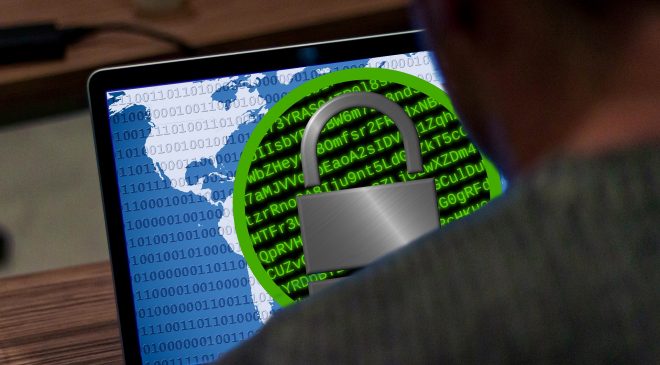
Malicious cyber activity against Australia’s national and economic interests is increasing in frequency, scale, and sophistication.
The Australian Cyber Security Centre (ACSC) during the period between July 2019 to 30 June 2020, responded to 2,266 cyber security incidents and received 59,806 cybercrime reports at an average of 164 cybercrime reports per day, or one report every 10 minutes.
The annual report has been developed by the ACSC, ACIC and AFP, and is the first unclassified annual report since the ACSC became part of the Australian Signals Directorate (ASD) in July 2018.
The report found malicious cyber activity against Australia’s national and economic interests is increasing in frequency, scale, and sophistication. Phishing and spearphishing remain the most common methods used by cyber adversaries to harvest personal information or user credentials to gain access to networks, or to distribute malicious content.
Over the past 12 months the ACSC has observed real-world impacts of ransomware incidents, which have typically originated from a user executing a file received as part of a spearphishing campaign. Ransomware has become one of the most significant threats given the potential impact on the operations of businesses and governments. Cybercriminals often illicitly obtain user logins and credentials through spearphishing, before utilising remote desktop protocol (RDP) services to deploy ransomware on their targets. Recovering from ransomware is almost impossible without comprehensive backups.
While our cyber adversaries are becoming more adept, the likelihood and severity of cyber-attacks is also increasing due to our growing dependence on new information technology platforms and interconnected devices and systems. The 5G mobile network will underpin Australia’s transition to a more digital economy, and Internet of Things (IoT) devices will enable greater information flows and efficiencies than ever before. The 5G network and IoT devices have the potential to be revolutionary, but they require new thinking about how best to adopt them securely.
Insecure or misconfigured systems make it very easy for hackers looking to compromise networks, cause harm and steal information. Specifically, the increased use of consumer IoT devices such as internet-enabled home assistants, TVs, fridges, baby monitors and home security systems will create more vulnerabilities in networks. Australians need to be mindful that cyber adversaries are constantly looking for vulnerabilities and weaknesses in systems and networks.
The ACSC continues to identify many products and services being adopted and implemented by organisations that lack ‘secure by design’ principles. Applying the fundamentals of good cyber security as individuals, business owners and government agencies is vitally important and in many ways Australians are not necessarily learning from past experience.
The ACSC responds to hundreds of cyber security incidents each year. Many of these could have been avoided or substantially mitigated by good cyber security practices. Implementing ASD’s Essential Eight security controls will substantially reduce the risk of compromise, and help to prevent the most common tactics, techniques and procedures (TTPs) used by malicious cyber adversaries.
Equally, many of the methods used by cybercriminals to steal personal and financial information can be easily mitigated through measures such as not responding to unsolicited emails and text messages, implementing multi-factor authentication and never providing another party with remote access to your computer. It is critically important that individuals and businesses understand the cyber threat and are taking active steps to mitigate the risks.
Following the release of the report, Nick Lennon, ANZ Country Manager at Mimecast said, there’s an alarming rise in malicious activity in 2020 targeting businesses, organisations and consumers.
“With remote working and the distractions that come with it, the sad fact that human error is involved in 90 per cent of all business security breaches shows no signs of abating,” he said.
“Reports are well and good, but more critically urgent is the need for Australian industry to focus on the implementation of the recent cybersecurity strategy. As we’ve said before, the importance of cyber security goes beyond the performance of our national technology infrastructure, into our absolute dependence on critical infrastructure, businesses keeping their doors open and the livelihood of our citizens.”
Alongside this, ongoing and increased investment regarding educating people on cyber smarts to reduce incidents of human error – the biggest weak security link of all – is paramount, notes Lennon. “This is key to ensuring Australians are as protected from and resilient against cybercriminals as possible,” he said.




